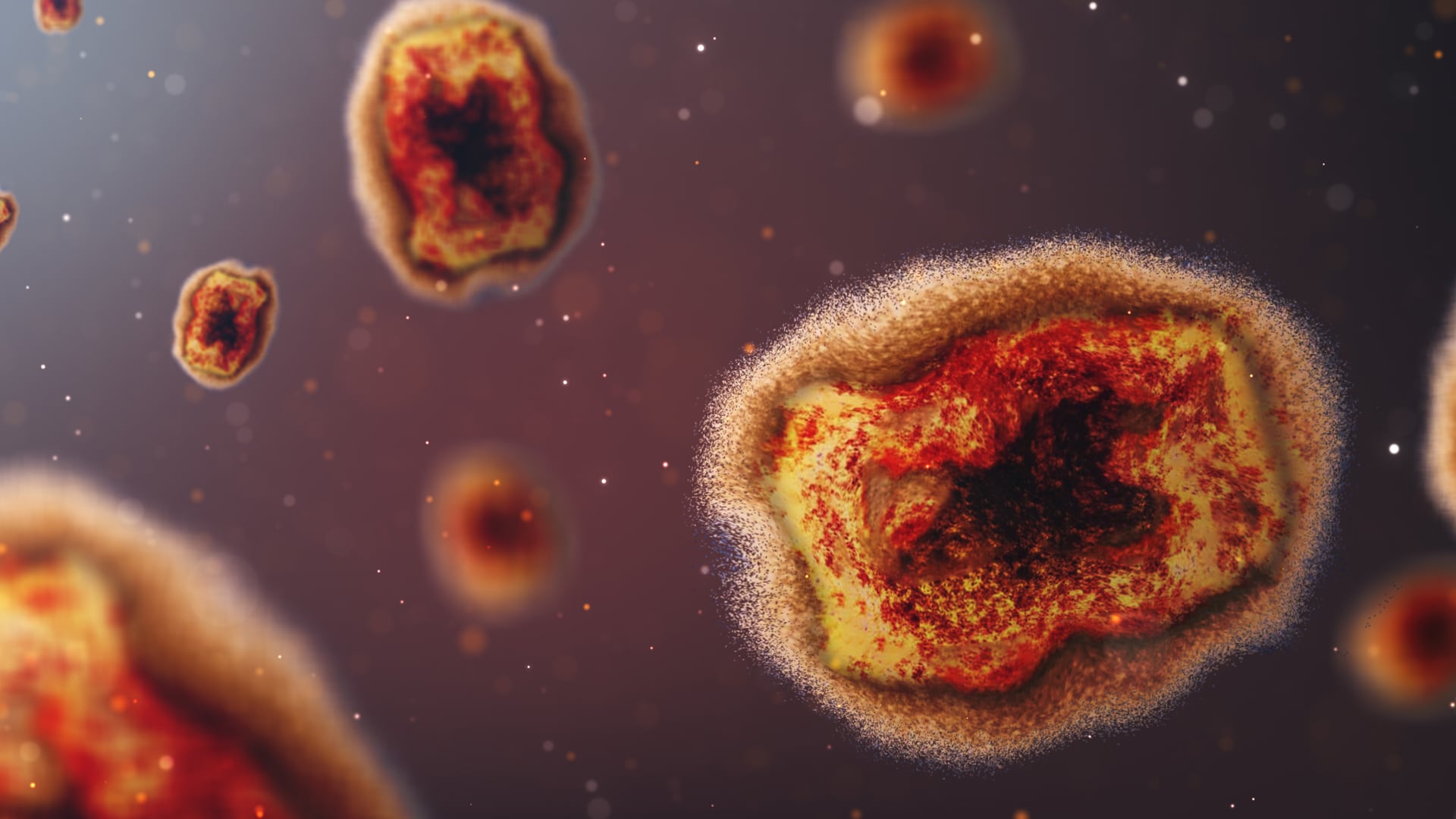Key points
- CDC issued updated mpox guidance on January 31, 2023, which incorporates mpox guidance issued in December 2022 and serves as the overarching guidance for all mpox funding recipients.

Funding overview
The Public Health Crisis Response notice of funding opportunity (NOFO) increases the speed at which CDC can award funds to state, local, tribal, and territorial (SLTT) public health agencies in the event of a public health emergency through the establishment of an “approved but unfunded” (ABU) roster of response funding recipients. CDC activates this mechanism when it determines that a public health emergency has occurred or is imminent and funding is available.
CDC issued updated mpox guidance on January 31, 2023, which incorporates mpox guidance issued in December 2022 and serves as the overarching guidance for all mpox funding recipients.
Ongoing funding opportunities
To support the governmental public health response to mpox, CDC activated its 2022 Public Health Crisis Response Cooperative Agreement to award response funding to eligible jurisdictions on the approved but unfunded (ABU) roster. CDC awarded mpox funding in two phases.
- On December 16, 2022, CDC awarded $12.5 million in mpox response funding to 21 jurisdictions to expand vaccination and quickly implement other mpox response activities. The budget/performance period is December 16, 2022 – January 31, 2025.
- On January 31, CDC awarded $33.7 million in funding to 53 jurisdictions. This funding is intended to assist jurisdictions in responding to remaining cases of mpox; prevent future outbreaks by increasing vaccine accessibility, demand, and uptake among recommended populations; and to strengthen capabilities to prepare for, and respond to, the potential reintroduction of mpox cases. The budget/performance period is February 1, 2023 – January 31, 2025.
Initiative priorities
CDC guidance prioritizes the following activities for funding. However, CDC encourages recipients to think broadly and to target individual needs when formulating work plans.
- Creating work groups to manage these activities that includes at least one representative each from immunization, STD, HIV, and communicable disease programs, as well as other relevant programs that address mpox control in disproportionately impacted communities. Work groups should coordinate activities, and recommend how to distribute funds to relevant programs, as appropriate, to implement prioritized activities.
- Increasing vaccine accessibility, demand, and uptake, specifically among the populations recommended to receive vaccine. A major focus should be on addressing inequities among racial and ethnic groups disproportionately affected by mpox.
- Updating and maintaining the vaccine locator for mpox vaccine to reflect active mpox vaccination sites in jurisdictions.
- Ensuring vaccine availability and administration in HIV clinics (including Ryan White HIV/AIDS Program-funded clinics), sexual health clinics (including HIV prevention and pre-exposure prophylaxis providers), health centers, and, if feasible, pharmacies serving populations disproportionately affected by mpox.
- Implementing focused efforts to increase education and vaccine coverage in populations disproportionately affected by mpox. This includes providing vaccine at venues frequented by affected populations through mobile clinics and special vaccine events and through collaboration with community-based organizations.
- Implementing communications strategies to create demand for and increase uptake of vaccination, including use of social media and websites.
- Timely collection, entry, and reporting of all mpox vaccine administration data through jurisdictional immunization information systems to CDC's Immunization Data Lake (required for all states, New York City, and Philadelphia only).
Additional resources
- Mpox Crisis Response Cooperative Agreement Guidance –January 2023
- Mpox Public Health Crisis Response Funding Table – December 2022
- Public Health Crisis Response Cooperative Agreement Monkeypox Response Funding Webinar – November 17, 2022
